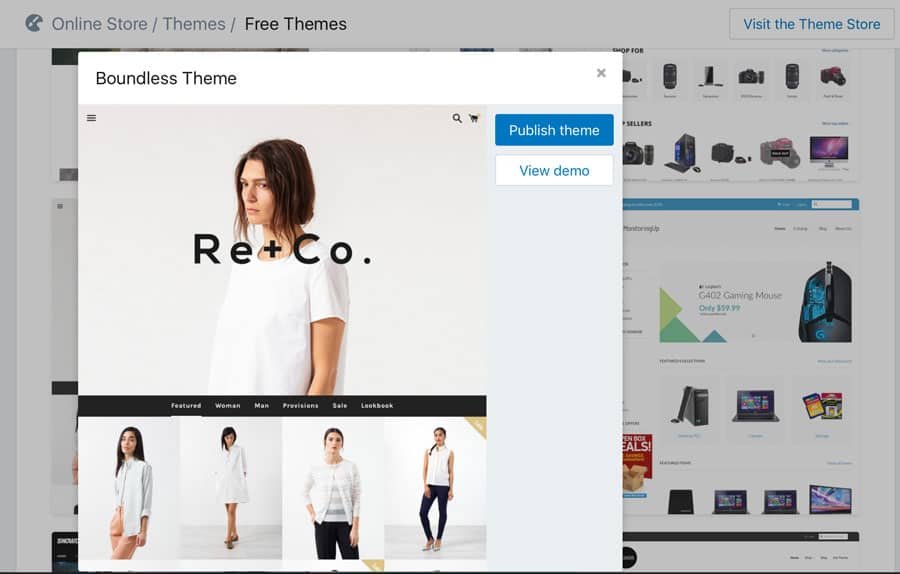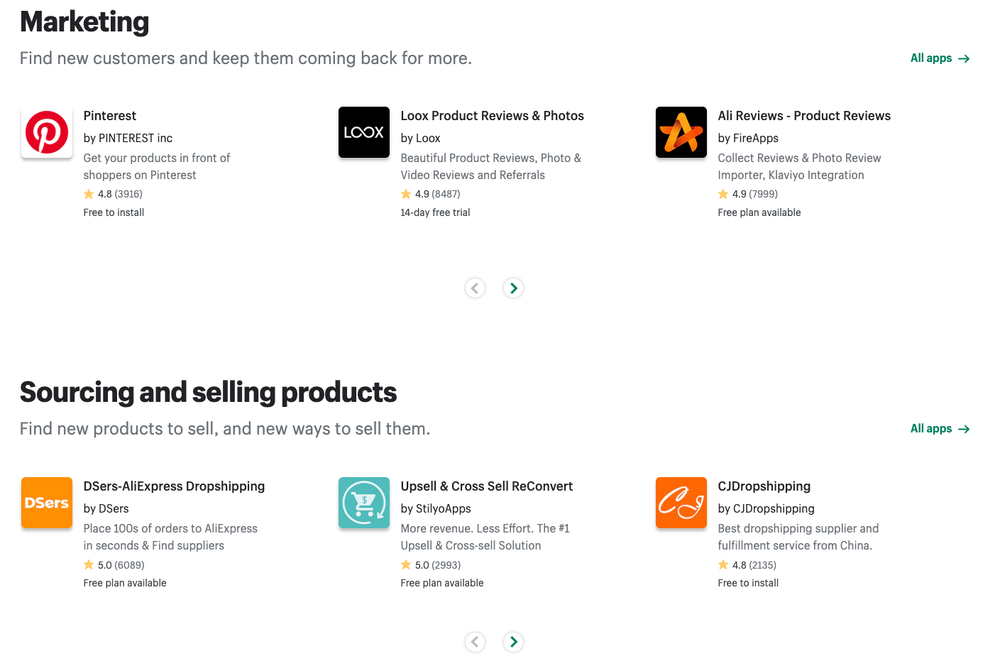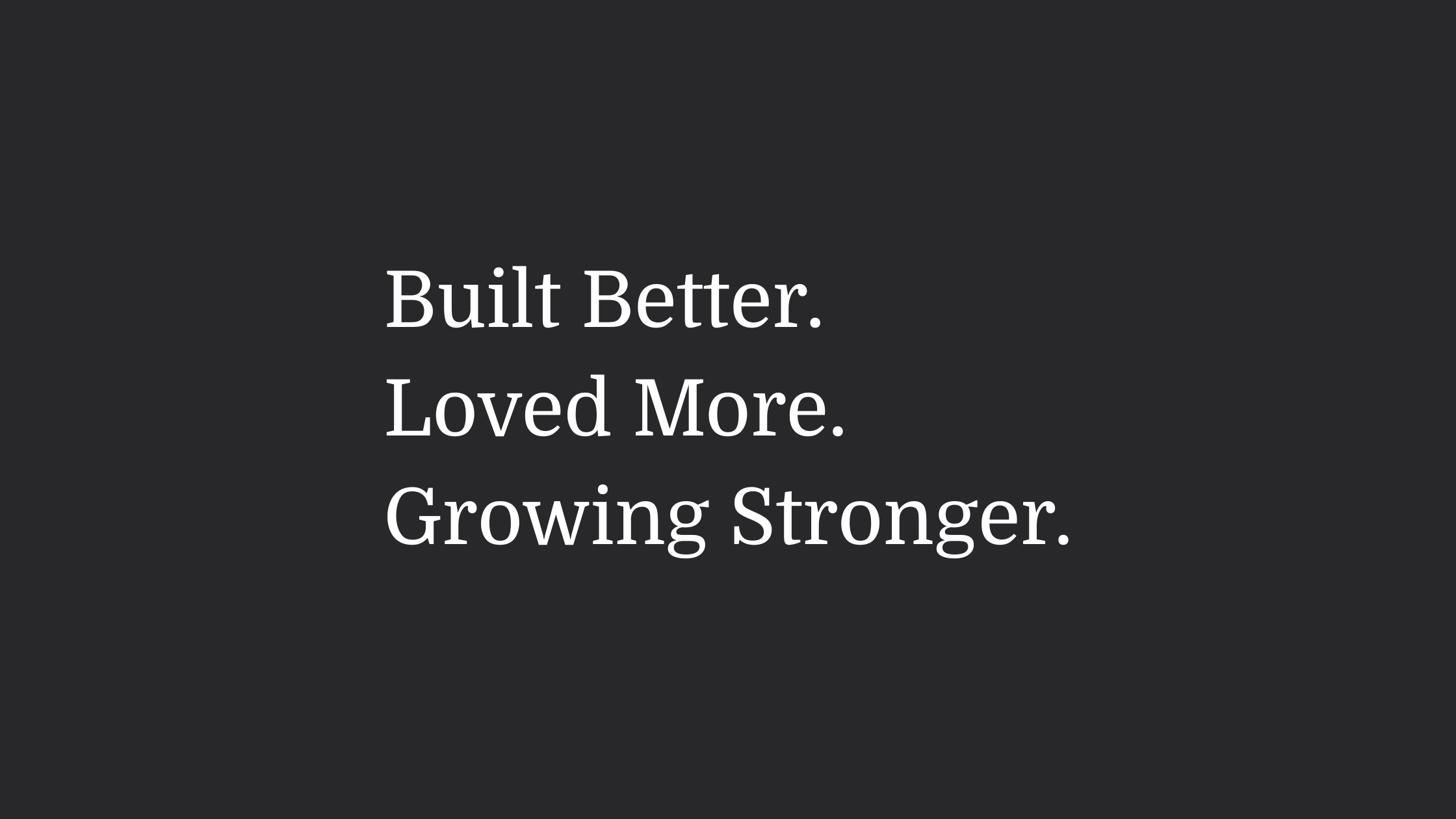Interview multiple candidates
Lorem ipsum dolor sit amet, consectetur adipiscing elit proin mi pellentesque lorem turpis feugiat non sed sed sed aliquam lectus sodales gravida turpis maassa odio faucibus accumsan turpis nulla tellus purus ut cursus lorem in pellentesque risus turpis eget quam eu nunc sed diam.
Search for the right experience
Lorem ipsum dolor sit amet, consectetur adipiscing elit proin mi pellentesque lorem turpis feugiat non sed sed sed aliquam lectus sodales gravida turpis maassa odio.
- Lorem ipsum dolor sit amet, consectetur adipiscing elit.
- Porttitor nibh est vulputate vitae sem vitae.
- Netus vestibulum dignissim scelerisque vitae.
- Amet tellus nisl risus lorem vulputate velit eget.
Ask for past work examples & results
Lorem ipsum dolor sit amet, consectetur adipiscing elit consectetur in proin mattis enim posuere maecenas non magna mauris, feugiat montes, porttitor eget nulla id id.
- Lorem ipsum dolor sit amet, consectetur adipiscing elit.
- Netus vestibulum dignissim scelerisque vitae.
- Porttitor nibh est vulputate vitae sem vitae.
- Amet tellus nisl risus lorem vulputate velit eget.
Vet candidates & ask for past references before hiring
Lorem ipsum dolor sit amet, consectetur adipiscing elit ut suspendisse convallis enim tincidunt nunc condimentum facilisi accumsan tempor donec dolor malesuada vestibulum in sed sed morbi accumsan tristique turpis vivamus non velit euismod.
“Lorem ipsum dolor sit amet, consectetur adipiscing elit nunc gravida purus urna, ipsum eu morbi in enim”
Once you hire them, give them access for all tools & resources for success
Lorem ipsum dolor sit amet, consectetur adipiscing elit ut suspendisse convallis enim tincidunt nunc condimentum facilisi accumsan tempor donec dolor malesuada vestibulum in sed sed morbi accumsan tristique turpis vivamus non velit euismod.
You’re searching high and low for the right website platform for your business. There are dozens of names out there, but two stand out from the crowd: Squarespace and Shopify. On the surface it seems that the only thing Shopify and Squarespace have in common is that they both start with an “S”. But which platform is better for your new website? Depending on what kind of business you're running, you could quickly find yourself painfully limited or enormously empowered by your platform of choice. Both Squarespace and Shopify cater to many of the same needs, but there's much more to them than meets the eye. So what really sets them apart, and which platform is right for you?
Squarespace.

Squarespace was founded in 2004 by American university student Anthony Caselena as a drag-and-drop website builder for blogs and portfolios. Today, Squarespace is focused heavily on two key areas of emphasis: ease of use, and design. Simply put, the platform offers a really easy way to make visually stunning web pages. It comes with powerful design customisation features and adjustable themes that rival some of the most expensively designed websites behind the world’s most iconic brands. Squarespace enables you to create gorgeous, responsive pages which help you build the perfect showcase for beautiful content, such as the very content you’re looking at right now (our own website is built with Squarespace). With all that in mind, let’s break down the pros and cons.
Pros.
Content is the key element here, and it’s worth keeping in mind that Squarespace originated as a blogging platform much like WordPress, and subsequently it still places a lot of emphasis upon blogs and other creative content such as photography or portfolios. Creating pages themselves is a breeze with drag and drop editing, allowing you to simply drag individual page elements such as text, images, and buttons onto and around each page. It’s fully ‘WYSIWIG’ (“whizzywig”) - what you edit on the page, is what you get when it’s published.
But easily editable pages aren't the only thing that Squarespace is getting whizzy with. Squarespace has added more and more e-commerce features in recent years, as they attempt to take a piece of Shopify’s pie. Listing products on Squarespace is straightforward, with e-commerce specific features such as built in payment processing and shipping options, as well as settings for calculating tax. Squarespace offers over 60 themes (called ‘templates’ in Squarespace parlance) for e-commerce stores, and while all of them look stunning, this is precisely where Squarespace starts to falter for many businesses.

Cons.
Sure it’s easy to list products on Squarespace, with stunning ways to display them, but it’s less easy to list multiple collections of products, or incorporate complex and custom features such as those allowing product customisation or marketing related features such as social media advertising integration. As we cover off in Shopify's section later, Shopify provides ways to do many of these with just a few clicks, but Squarespace’s user friendliness prioritises design over functionality and in turn actually makes it more difficult to implement more complex features. Squarespace does offer users the option to insert custom HTML, CSS and Javascript code, but this isn’t covered by their customer support, so if you're after anything truly custom, you're essentially on your own.
Is Squarespace Right For You?
If selling products is NOT the primary function of your site? Then yes, Squarespace is the platform for you. For instance, if you’re a musician who wants to sell some branded merchandise to tie in with your music, Squarespace offers a beautiful way to do this while showcasing your performances at the same time. If you’re an artist who sells a couple of handcrafted sculptures to very few customers, Squarespace offers a useful way to show off your amazing work to those who might want to buy some of it too. And if you’re a marketing or advertising agency (such as certain Kubix) Sqaurespace is a fantastic solution to put your best work on display.
But if you sell dozens of products, to hundreds, thousands or millions of customers, Squarespace simply isn’t scalable enough. Enter Shopify.
Shopify.
Shopify is a platform built for e-commerce. The clue is quite literally in the name. It was founded in 2006 in Ottawa, Canada, by two friends trying to open up an online snowboarding equipment store. Out of their frustration with the e-commerce solutions already on the market, they decided to create their own platform. Shopify was designed and built from the ground up to facilitate easy to implement e-commerce for any business interested in selling products online.

Pros.
From the get go, Shopify isn’t structured around creating the prettiest webpages, but rather the most profitable web pages. The platform is scalable, and used by the smallest sole traders all the way up to global giants like Sony, Nike and Gymshark.

It helps to look at the Shopify interface to see just how specialised towards e-commerce it is as a platform. The menu contains all the essential elements an e-commerce merchant needs to operate a store. First and foremost is Orders, allowing you to keep track of sales as they come in. There’s also sections devoted to Products and Customers, helping you keep track of all the items you sell, and the customers you’re selling them to. Last but not least, there are links to Marketing and Analytics, offering ways to both reach more customers and to see how many you’re reaching.
Shopify offers dozens of themes tailored to specific product types and industries, such as clothing, tech or furniture. Each of these themes will come with layouts and colour schemes easily adaptable to your industry.
Much like with Squarespace, it’s possible to edit these themes as well, but Shopify is less about drag-and-drop user friendliness and more about functionality and efficiency. Elements are edited through a sidebar interface rather than directly on the page, but importantly it's easy to completely customise these elements with custom code, something which Shopify heavily supports, to the extent that you can quite easily craft completely custom themes and site functions from scratch, if you have the knowhow.
But even if you don’t have the knowhow, one of Shopify’s biggest points of difference is its App Store. If you’re facing an e-commerce conundrum, chances are “there’s an app for that”. Shopify’s App Store is filled with thousands of apps from e-commerce experts, delivery companies, accounting specialists and more. The App Store allows you to add powerful functionality to both the front and back-end of your site with just a few clicks. The store extends any Shopify setup way beyond the standard features of the platform itself. If you need to integrate a specific type of PPC ad campaign into your store, or you’re looking to incorporate shipping from a particular courier on your product pages, it’s effortless thanks to the App Store. It goes beyond operational features too - you can find apps that add unique functionality to your product pages, incorporate review platforms, email sign ups, and tracking/analytics technology that helps direct your marketing strategy.

Phew. Hopefully you can tell how enthusiastic we are about Shopify. But is there anything Shopify CAN'T do?
Cons.
Shopify is all about e-commerce, so if you’re looking to showcase content that isn’t specifically about selling products, you may find it lacking. While it happily accommodates company blogs, ‘about us’ pages, and beautiful home pages (especially with the Online Store 2.0 upgrade), you can find other platforms, Squarespace included, that allow you to quite quickly create stunning pages without design or development expertise. To create the most aesthetically pleasing sites on Shopify, it helps to have the expertise of web designers and developers on hand, versus the drag-and-drop elegance of Squarespace.
Decision Time.
There’s one statistic that perhaps says more than any other in this comparison: usage figures. In 2022, 1.75 million merchants were using Shopify, compared to just over 100,000 using Squarespace for e-commerce. If you sell a lot of products, to a lot of customers, Shopify is where you need to be. If selling products isn’t your main priority, then Squarespace is a clear front-runner for beautiful design.
Both Shopify and Squarespace are fantastic in their own way. But they each have very different points of emphasis, and it’s important to understand these before you choose which platform to go with for your business. Reading this piece is a good start, but make sure you do your scoping and research and download demo themes to see how each one works for the functionality you're after before you go all in.









